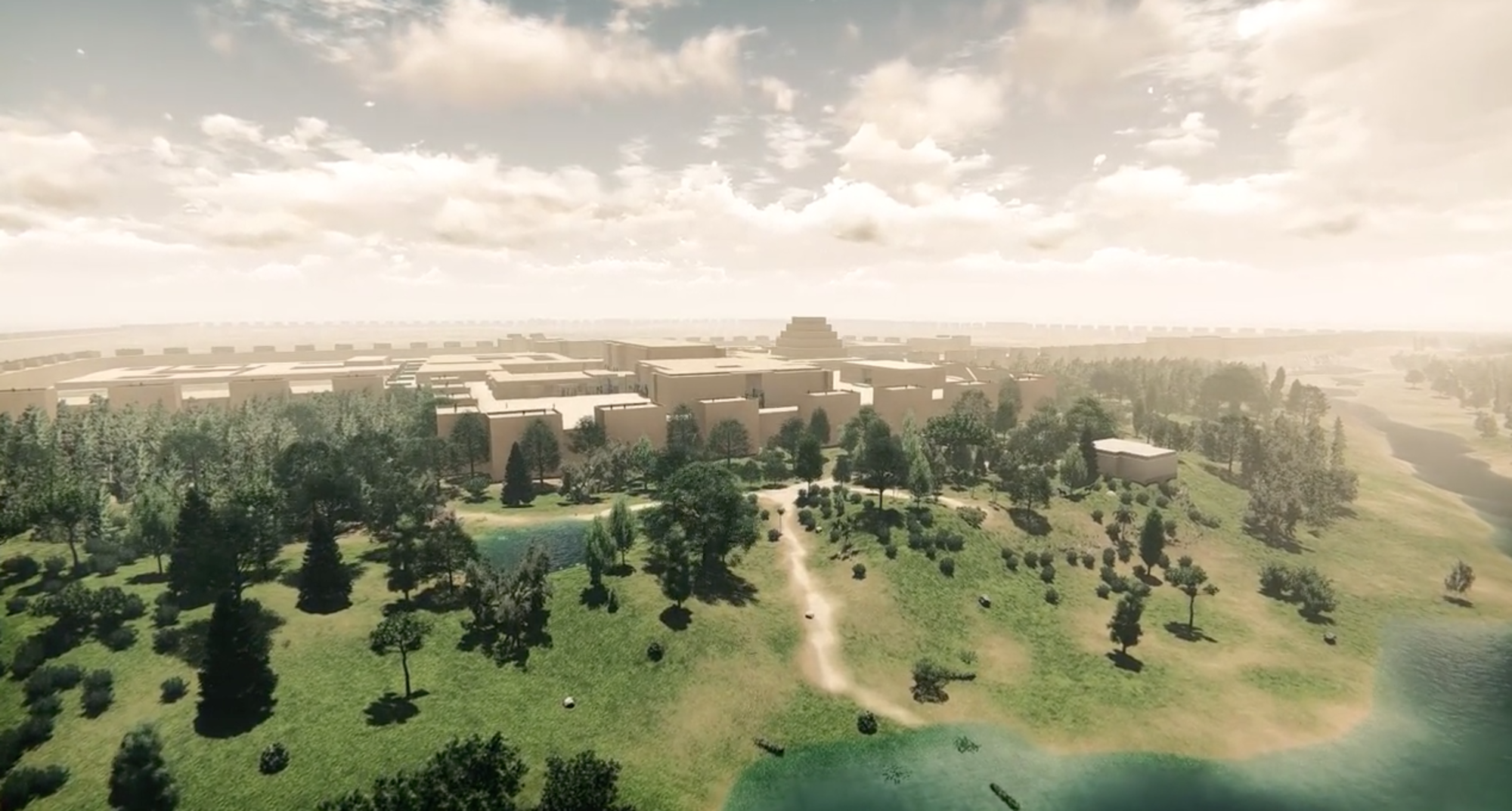
- Home
- Explore the site
- Assyria in the 1st millennium BCE.
- Neighbouring territories
Babylonia to the south
In the 1st millennium BCE, Assyria was surrounded by several kingdoms which its kings tried to conquer or at least control, and most were eventually annexed into the Assyrian empire. To the south of Mesopotamia, Babylonia came into regular conflict with Assyria. Babylon was a powerful metropolis and its status as a religious capital often required Assyrian kings to deal leniently with its clergy and elites.
Urartu and Anatolia to the north and west
In the north, the kingdom of Urartu was rich in bronze and iron. Sargon succeeded in asserting the control of the Assyrian empire over this region. Further west, in Anatolia, several small kingdoms formed alliances to resist or oppose Assyria. The king of Phrygia, Mita of Mushki, known to the Greeks as the legendary Midas, attempted to plot against Sargon before negotiating a peace treaty with him.
The Levant
The influence of the Assyrian empire was particularly strong in countries along the Mediterranean coast, which had strategically important wood resources and access to the Mediterranean Sea and Egypt. Sargon was forced to suppress several revolts led by allied kingdoms in Syria and Palestine.
The kingdoms of Iran to the east
Finally, to the east, beyond the Zagros mountains, were the Elamites and the Medes. Ashurbanipal, grandson of Sargon II, led a victorious campaign against the Elamite kingdom and ravaged the city of Susa. However, in 612 BCE, the Medes who allied themselves with Babylon, sacked Nineveh, the last capital, and brought an end to the Assyrian empire.


